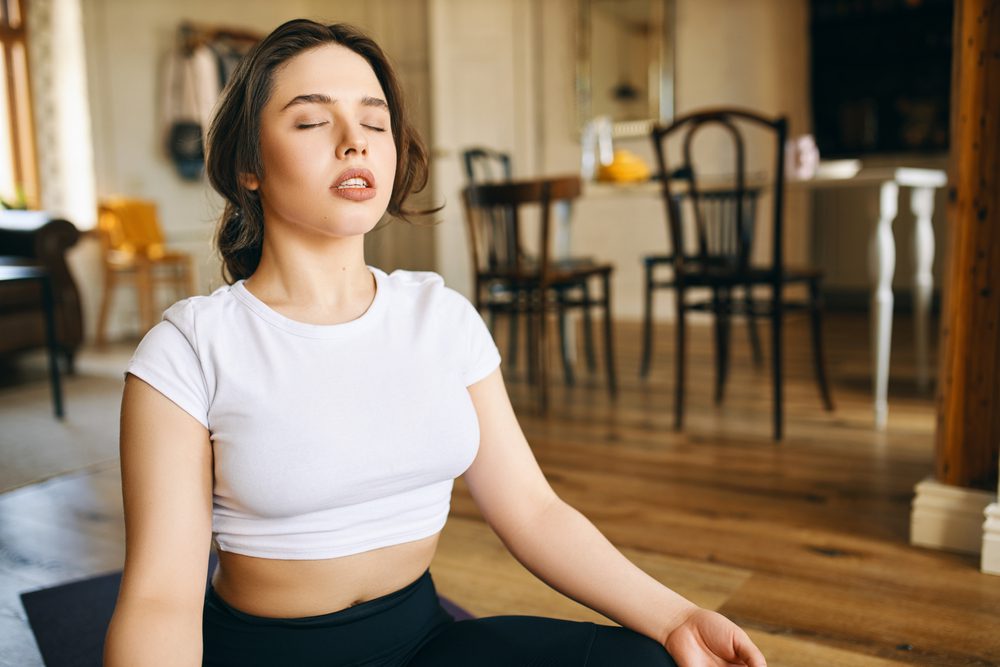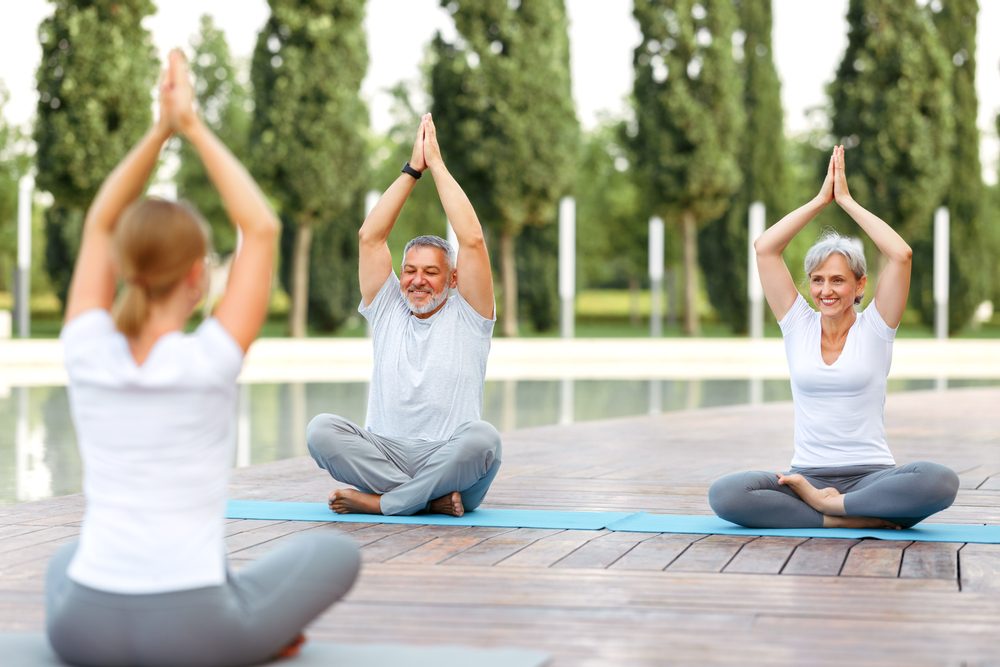Body scan meditation isn’t incredibly popular, I know. However, when done right, this practice can bring you a ton of benefits!
So, first things first: what is body scan motivation? Basically, it means lying down or sitting comfortably and bringing your attention to each part of your body. The goal is to focus on the present moment and become aware of any physical sensations, thoughts, or emotions that arise.
With this practice, you have to explore your physical sensations starting from your toes to your head. This way, you’ll start to bring awareness to present-moment physical sensations, thoughts, and emotions. All in all, this powerful activity is meant to increase body awareness and alleviate stress.
After all, there’s a reason why body scan meditation has been around for so long. The practice originated in Eastern spiritual traditions like Buddhism and Hinduism thousands of years ago – amazing, right?
However, today’s body scan meditation is more of a modern version of these ancient traditions. Right now, it’s most popular in the West for stress reduction and relaxation. It is typically used with other mindfulness techniques like breathing exercises to calm and balance the mind and body.
Why should you practice body scan motivation, you ask? Here are the top reasons:
- Physical scan meditation reduces stress and anxiety by focusing on the present and body sensations.
- Body scan meditation’s relaxation techniques will help you sleep better.
- Body scan meditation changes how the brain handles pain signals, reducing chronic pain.
- Increased body awareness: By focusing on the body during meditation, you can become more aware of each sensation, pain, or strength.
- Improved self-regulation: Body scan meditation can help people better regulate their emotions and stress responses, improving their well-being.
Body scan meditation helps improve personal and social relationships by enhancing self-awareness and self-regulation.
Start body scan meditation:

Find a Quiet, Comfortable Place
The first step is to sit or lie down somewhere peaceful. Standing meditation is an option many people prefer, but depending on your age and mood you can also lie down on a yoga mat or something like that. Of course, there are many venues that allow body scan meditation too!
Here are some examples:
- Body scan meditation at home: Relax in your bedroom or living room using a comfy chair or even the sofa;
- Meditation in nature: this option is honestly more relaxing and centering than staying at home. In this case, body scan meditation can be done on a park bench, a blanket on the grass, or while walking in a calm area.
- Studio/retreat: Many studios and retreat facilities teach body scan meditation. This is a good method to test the practice in a group with an instructor and meet other people with the same interests!
- Online: You may find body scan meditation videos and guided meditations online. You can practice them at home, somewhere outside, or even together with friends or family.
Close Your Eyes
I know it doesn’t sound like an actual meditation practice, but I promise you it can make a huge difference in your life. To begin with, close your eyes and take some deep breaths to relax and clear your mind. Do you feel your body unwind as it gets rid of visual stimuli? Soon enough, your mind will become quiet too, slowly relaxing and forgetting about all the worries.
Of course, this isn’t a strict rule. You can close or open your eyes during body scan meditation. Some people I’ve met prefer to close their eyes and fully immerse themselves in the experience, while others prefer to keep their eyes open and focus on a distant location. Try several things to find what works best. Either way, the most important aspect is to choose a peaceful location with minimal distractions
After all, body scan meditation is not about physical posture or state. It’s more about what and how you feel in those moments. Focusing on your body and being present is crucial.
Focus on Your Toes
Here are some body scan meditation tips for toe focus:
- Lie down or sit down in a comfy place of your choice.
- Close your eyes and take some deep breaths to relax and clear your mind.
- Watch your toes. Feel your toes touching the ground – its texture, temperature, every detail.
- Stay present without criticizing what you’re feeling (so stop thinking about mopping the floor!);
- If your mind wanders, simply bring your attention back to your toes and how they’re placed on the ground.
Once you’re fully immersed in this experience, you can start doing the same process with the upper body. Work your way up by focusing on the ankles, knees, and your back. This may take some time, but I like to think of the practice as an investment into myself and my needs.

Pay Attention to Sensations
As you proceed up your body, notice any tingling, warmth, or pressure.
Stay present without criticizing or thinking about these sensations:
- Tingling: you may feel prickling or numbness, but don’t worry, they’re all normal;
- Warmth: if you’re outside, you may feel the warmth of the sunlight on your skin;
- Pressure: Your position may affect where you feel pressure. For instance, sleeping on your back may cause ground pressure.
- Itchiness: this is another common feeling that may make you want to scratch your skin (but you don’t actually have to!);
- Tightness: Your body may feel tense in some areas, but you’ll learn to relax over time;
- Relaxation: I like to describe this sensation as a sudden need to lie down (which is also normal).
In other words, body scan meditation is about noticing and being present with these sensations, not controlling or changing them. It all starts with small steps, but they will end up changing your wellbeing, I promise!
Open Your Eyes
You can slowly open your eyes and end a body scan meditation when you reach the top of your head. This might help you gently exit the mental and physical states of meditation and return to daily consciousness.
Not sure how to get it right on the first try? Here are my top tips for ending body scan meditation:
- As you reach your head, breathe in deeply. This can ground you in the present moment just like a breath of fresh air.
- Open your eyes slowly to acclimatize to the brightness and focus on visual stimuli again.
- Notice any physical or mental changes. For example, you might feel more r elaxed, while other people feel focused and motivated.
- When you’re ready, stretch or move your body.
That’s it! Now you can return to your surroundings and resume your day, with a fresh, mindful perspective!
If you made it this far, congrats! Now you know which strategies helped me the most as a beginner in this complicated field of meditation. I know it may seem weird or difficult for some, but remember: experts say it takes up to 21 days until a new habit forms, so consistency is key.
Of course, if you have any tips or experiences you’d like to share with us, let us know in the comment section and I’ll get back to you ASAP!
Find out more about how to start meditating from this post: Why Should You Start Meditation After 50? (+ Bonus Tips)









